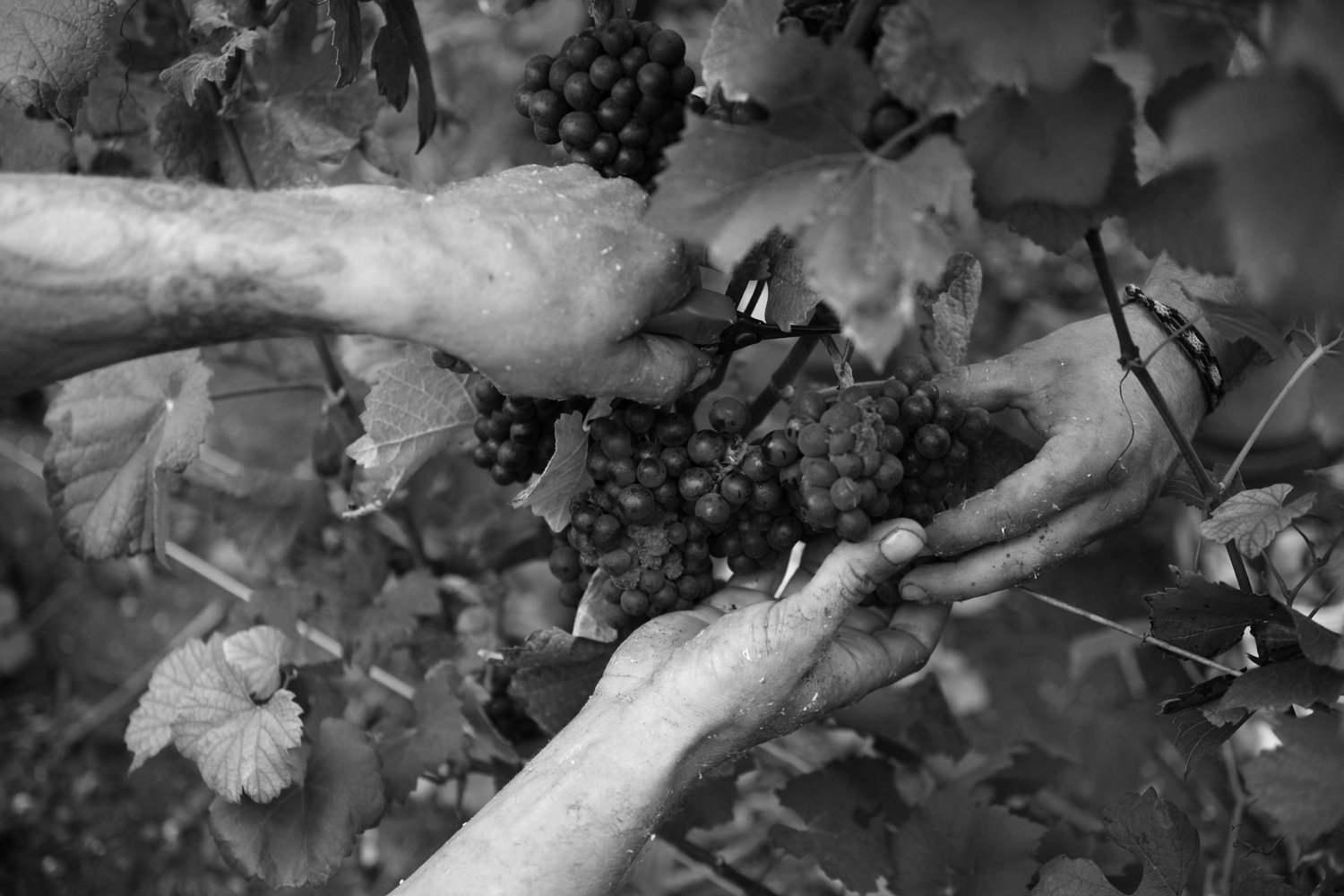WRITTEN BY RYAN YUH
It is important to know where things come from. To understand a product’s origins, and how it arrives in our hands, is to place value in what we own. In the first installment of our new series, we highlight the people and processes that help bring to life some of today’s most revered items. Consider it a backstage look at what it really takes to craft something exceptional.
What: Dom Pérignon Vintage 2005
Who: Veronique Gonneville, Dom Pérignon National Brand Manager
What makes Dom Pérignon special?
The uniqueness of Dom Pérignon really comes from history. It comes from this man who was committed to creating the best wine in the world. One of the principles of the brand is that Dom Pérignon is always a vintage; it is a way to express the soul and meaning of each year. As well, each bottle is an assemblage made of Pinot Noir and Chardonnay, which is very specific to the brand. We always use the best grapes in all of Champagne.
What determines an exceptional Champagne?
To achieve a beautiful Champagne, you need to make sure that it has stayed in a cellar for the proper amount of time, which can vary from one quality to another. You have to respect the grape that you’re using. Since Dom Pérignon uses the best grapes available in Champagne, it needs more time in the cellar to ensure that it reaches its maximum potential. The technique is also important, along with the blend.
How much significance does the age play? Can Champagne ever get too old?
The same amount of time you use to age your wine can be applied for Champagne as well. There are no restrictions when it comes to aging, it just depends on what you expect. Through time, it evolves and develops different characteristics. For Dom Pérignon, aging is welcome and helps the wine mature in a positive way.
How much does the weather affect the yield and quality when it comes to harvesting the grapes?
It is almost everything. When we talk about the 2005, the Chardonnay was picked first, but they waited a little bit for the Pinot Noir because it needed to ripen more. Because there was a lot of water that year, they needed to make sure that the grapes were of the best quality possible. 2005 was a very, very small release. It was one of the smallest releases that we have had in Dom Pérignon history because that year was so difficult. But regardless of the size of the vintage, we want to create Champagnes that represent and show the best of that particular year. Sometimes it’s in small quantities, like 2005.
How does the weather affect the taste?
The weather is really why a vintage is a representation of one specific year, not in just the yield, but also the taste. From one year to another, the grapes that come from the same region can taste completely different. That’s what makes up the beauty of a vintage because each is the most precise and representative wine of that year.


What techniques are used to achieve optimal quality when the grapes are being harvested?
When it is time for harvest, Richard [Geoffroy, Dom Pérignon’s Chef de Cave] and his winemaking team will taste every cru, the best vineyard plots in Champagne, to ensure that they are ready for picking. For Dom Pérignon, everything is hand-picked. It’s very manual and a much more delicate operation than some of the other Champagnes out there. In the winery, itself, every step of the way is supervised. Throughout the entire process, we try to prevent oxidation from occurring in order to preserve the freshness of the fruit.
What happens when the grapes are harvested and go into the winery?
Once we pick the grapes, we bring them to our facilities where they are fully pressed. We only keep the first juices, which are the best ones, in order to meet our standards. Once we slowly press the grapes, they are transferred to stainless steel vats, where Richard and his team then tastes the juices of every cru to create the perfect blend of Chardonnay and Pinot Noir from that year. Once that is done, they put it in a bottle and store it in the cellar. In the case of the 2005, it was for nine years.
How do you determine what percentage of each grape to use?
It is all up to Richard’s discretion, depending on the year. Let’s say you have a year where the Pinot Noir suffered, and the Chardonnay was beautiful. In that case, it makes sense for him to put more of the Chardonnay forward. That is his interpretation of what nature gave us that year. Thus, the percentage between the two grapes varies from year to year.
Is there a certain number of years required to label a bottle as vintage?
There are restrictions when it comes to Champagne. What makes it so special is that they must adhere to certain regulations, which dictates the minimum aging your wine needs before it is released to the market. For a non-vintage, it is about a year and a half. For a vintage, it is three years. When we talk about Dom Pérignon, where we leave our wine in the cellar for nine years, you can understand how committed we are to achieving the best potential for that wine.








